Zombies
Basic Information
Anatomy
The Sonohoka virus causes a wide variety of mutations in the humans that it infects. This means that the zombies have a wide range of physical traits. None have been so completely transformed that their human origin is no longer aparent. One trait that every zombie shares is their eye color changing to black when they convert to zombie status. Whatever mutation occurs that causes the loss of mental capacity also causes the eyes to become black. This is the only visual distinction between the Zombies and the Others.
Genetics and Reproduction
The zombies are human. Their reproduction works in the same manner as human reproduction. It is theorized that the parent's genetic mutations are not inherited by their children since those children observed within the zombie troops are not physically similar to the adults. This suggests that they are infected by the more aggressive strains (B, C or D) during the pregnancy or after their birth and this infection is the source of their mutations rather then an inheretance. It is also assumed that the zombies kill any children that Other rather then converting to zombies because Other children are never seen within the zombie troops.
Females are the primary caregivers of infants, but males also play a role. Zombies do not seem to practise co-operative parenting, but a female may groom an infant that is not hers. adolecent females are more likely to care for another's young, as they have not yet produced offspring of their own. One theory for why immature females tend to seek out infants is that they can prepare for their future roles as mothers. Infant zombies born to first-time mothers suffer higher mortality than those born to experienced mothers, which suggests that prior experience in caring for infants is important. Adult males in the groups also care for the infants, as they are likely to be related to them. Males groom infants, reducing the amount of parasites they may have, and calm them when they are stressed. They also protect them from predators.
Growth Rate & Stages
Zombie children grow up and develop at the same rate of other human children. They experience the same developmental stages. One obseveration is that Vigor does not seem to awaken magical powers until a person has reached adolescence.
Dietary Needs and Habits
Zombies have the same dietary needs and preferences as humans. They will eat about anything. Zombies are effective foragers. They will forage on all levels of an environment, above and beneath the ground and in the canopy of forests or within buildings. The zombie searches as wide an area as it can, and it eats virtually everything it finds. The zombie also actively hunts prey, such as small rodents, birds and humans. They will also kill sheep, goats, and chickens from farms, which may amount to around one third of its food from hunting. Hunting is usually a group activity, with both males and females participating.
Behaviour
Zombies live in groups of 15 to 150, made up of a few males, many females, and their young. Each zombie has a social ranking somewhere in the group, depending on its dominance. Female dominance is hereditary, with daughters having nearly the same rank as their mothers, and adult females forming the core of the social system. Female relatives form their own subgroups in the troop. Related females are largely friendly to each other. They tend to stay close together and groom one another, and team up in aggressive encounters within the troop. Female kin form these strong bonds because they do not emigrate from their natal groups. Occasionally, groups may split up when they become so large that competition for resources is problematic, but even then, members of matrilines tend to stick together.
A female often forms a long-lasting social relationship with a male in her troop, known as a "friendship". These nonsexual affiliative friendships benefit both the male and female. Males benefit from these relationships because they are usually formed soon after he immigrates into a new group, and helps the male integrate into the group more easily. He could also potentially end up mating with his female friend in the future. Females gain protection from threats to themselves and their infants (if they have any). Males occasionally "baby-sit" for their female friends, so she can feed and forage freely without the burden of having to carry or watch the infant. Sexually receptive females and newly immigrated males can form such friendships. These relationships are sometimes enduring and the pair grooms and remains close to each other. They also travel, forage, sleep, and raise infants together, as well as fight together against aggressive conspecifics.
Females with high social ranks even forge friendships with multiple males at once. Another advantage of these friendships is it enables females to gain protection from the unwanted advances of males aiming to mate with them. A female who finds a male undesirable can simply rebuff his advances by calling on her male friends to chase him away, and can therefore enjoy exerting her reproductive skew.
Males establish their dominance more forcefully than females. A male disperses, or leaves his natal group and joins another group, after reaching sexual maturity. Adult males are very competitive with each other and fight for access to females. Higher dominance means better access to mating and earlier access to food, so naturally a great deal of fighting over rank occurs, with younger males constantly trying to rise in position. Because females stay with their groups their entire lives, and males emigrate to others, often a new male challenges an older one for dominance. Frequently, when older zombies drop in the social hierarchy, they move to another troop. The younger males who pushed them down often bully and harass them. Older males tend to have more supportive and equal relationships than those of the younger males. The former may form coalitions against the latter.
Despite being hierarchical, zombies appear to be "democratic" when it comes to deciding the direction of collective movement. Individuals are more likely to follow when multiple decision-makers agree on what direction to go rather than simply following dominant individuals.
Those individuals that convert into zombies in adulthood and are allowed to turn feral rather then being killed are generally able to find and intergrate into a troop. It seems that the drive to find and live with other zombies is strong. It is rare to find a zombie that is living alone.
Zombies have lost their capacity for human speech. They communicate with various vocalizations. Throughout the day, zombies of all ages emit the "basic grunt". Adults give a range of calls. The "roar grunt" is made by adult males displaying to each other. The "cough-bark", and the "cough geck" are made when potential threats are sighted. A "wa-hoo" call is made in response to predators or neighbouring groups at night and during stressful situations. Other vocalizations include "broken grunting" (low-volume, quick series of grunts made during relatively calm aggressive encounters), "pant-grunts" (made when aggressive encounters escalate), "shrill barks" (loud calls given when potential threats appear suddenly), and "screams" (continuous high-pitch sounds responding to strong emotions). They display submission by lowering themselves and whimpering.
Zombies have lost much of the congitive capacity, but many have maintained their ability to use simple tools. None have been observed making tools, but they have been seen to use tools that they have found. This might mean using a stick to collect insects or it might mean picking up a discarded hammer to use as a bludgeoning weapon. The ability to use tools seems to vary greatly between individuals, with some being completely incapable while others can navigate doors and windows. This tool use extends to clothing. Zmobies have never been seen making their own clothing, but they are often seen taking clothing from their victims. Clothing seems to function only as a means to protect themselves from the enviroment. They wear clothing when it is cold or raining, but will go undressed when the weather is sunny and warm.
In general, zombies respond to the weather in much the same fashion that humans do. When there is a storm, they find shelter and stay covered. They are more active during the day then the night. They will go out in light rain, but generally stay in cover when it is a heavier rain. Troops that have a good store of clothing are more likely to go out in undesireable weather then the troops that don't have such stores.
Additional Information
Domestication
Zombies can be domesticated. Like many other animals, they can be trained as they are motivated by their base desire to have their needs met. Meeting these needs or generating a degree of fear can elicite complaince from a zombie. However, this is generally considered a dangerous practice as they are powerful and un predicatable creatures.
Uses, Products & Exploitation
Zombies are hunted. Camp Hope hunt and collects tissue samples from zombies to perform research towards finding a cure for the virus. Dark Syde hunts the zombies to collect parts that they then use to make magical items. The other camps generally hunt the zombie in an effort to comtrol their population and reduce the risk that they pose.
Geographic Origin and Distribution
There are zombies present all over the world. They live where ever there are humans. However, they appear to be more abundant in the warmer regions of the world and this is perhaps because this is also where there tend to be more humans.
Average Intelligence
Converting into a zombie results in the loss of cognitive capacity. Their intellect score ranges from 1-6. This means that generally speaking they lack the ability to assess things rationally by applying logic based on new or existing information when making a decision or solving a problem. They also have a limited ability to recall information that is presented to them. Much of what they function on is wisdom driven rather then intellect. They are perceptive and intuitive creatures. They are highly attuned to their environments.
Perception and Sensory Capabilities
The sensory capabilities of the zombies varies as greatly as their physical form. There are zombies that have excellent hearing, but there are also those that are completely deaf. This is true of every sense. There are also zombies that have Vigor, giving them the ability to wield magic.
Civilization and Culture
Common Myths and Legends
The Others and Awakened speak of the Dark as being an expanse that can be moved into. The Dark is a place within our minds that allows us access to greater knowledge and secrets within the folds of the universe. It is believed by some that the zombies are the result of falling into the Dark completely and there by loosing themselves within it. Those who use the Dark are aware that it comes with the risk of loosing yourself. The knowledge within the Dark is compelling, but it also degrades your sanity and erodes your sense of self. Being able to wield the Dark and hold onto yourself is a careful balance that the zombies could not attain. Many believe that using the Dark is a risk not worth taking because of the risk of becoming a Zombie. However, there are those that believe that this is nothing more then superstition and fear mongering.
Zombie Eyes
Grief
By Emma Lazarus
There is a hungry longing in the soul,A craving sense of emptiness and pain,
She may not satisfy nor yet control,
For all the teeming world looks void and vain.
No compensation in eternal spheres,
She knows the loneliness of all her years.
There is no comfort looking forth nor back,
The present gives the lie to all her past.
Will cruel time restore what she doth lack?
Why was no shadow of this doom forecast?
Ah! she hath played with many a keen-edged thing;
Naught is too small and soft to turn and sting.
In the unnatural glory of the hour,
Exalted over time, and death, and fate,
No earthly task appears beyond her power,
No possible endurance seemeth great.
She knows her misery and her majesty,
And recks not if she be to live or die.
Genetic Ancestor(s)
Related Organizations


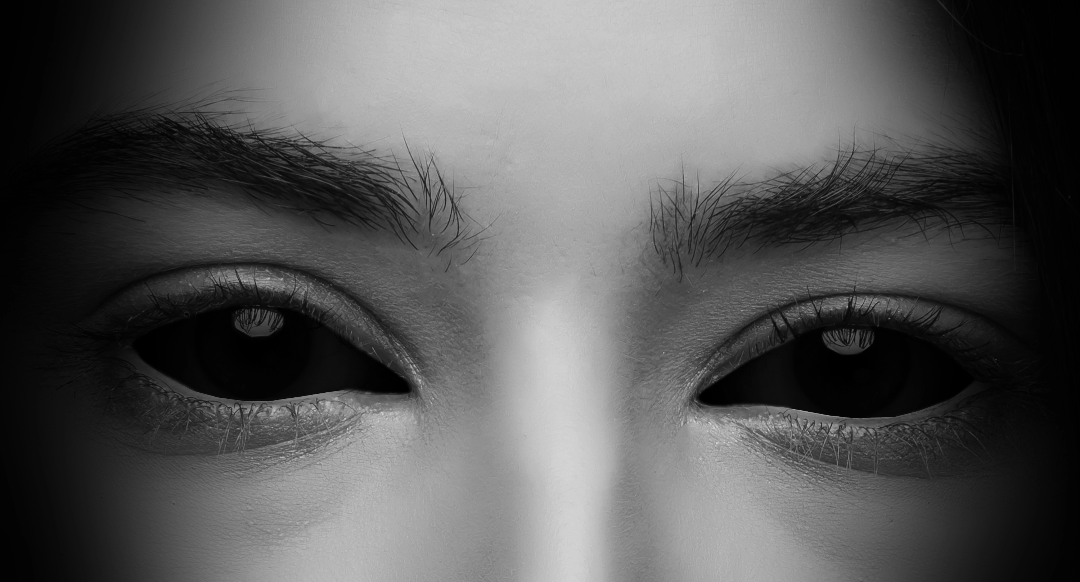
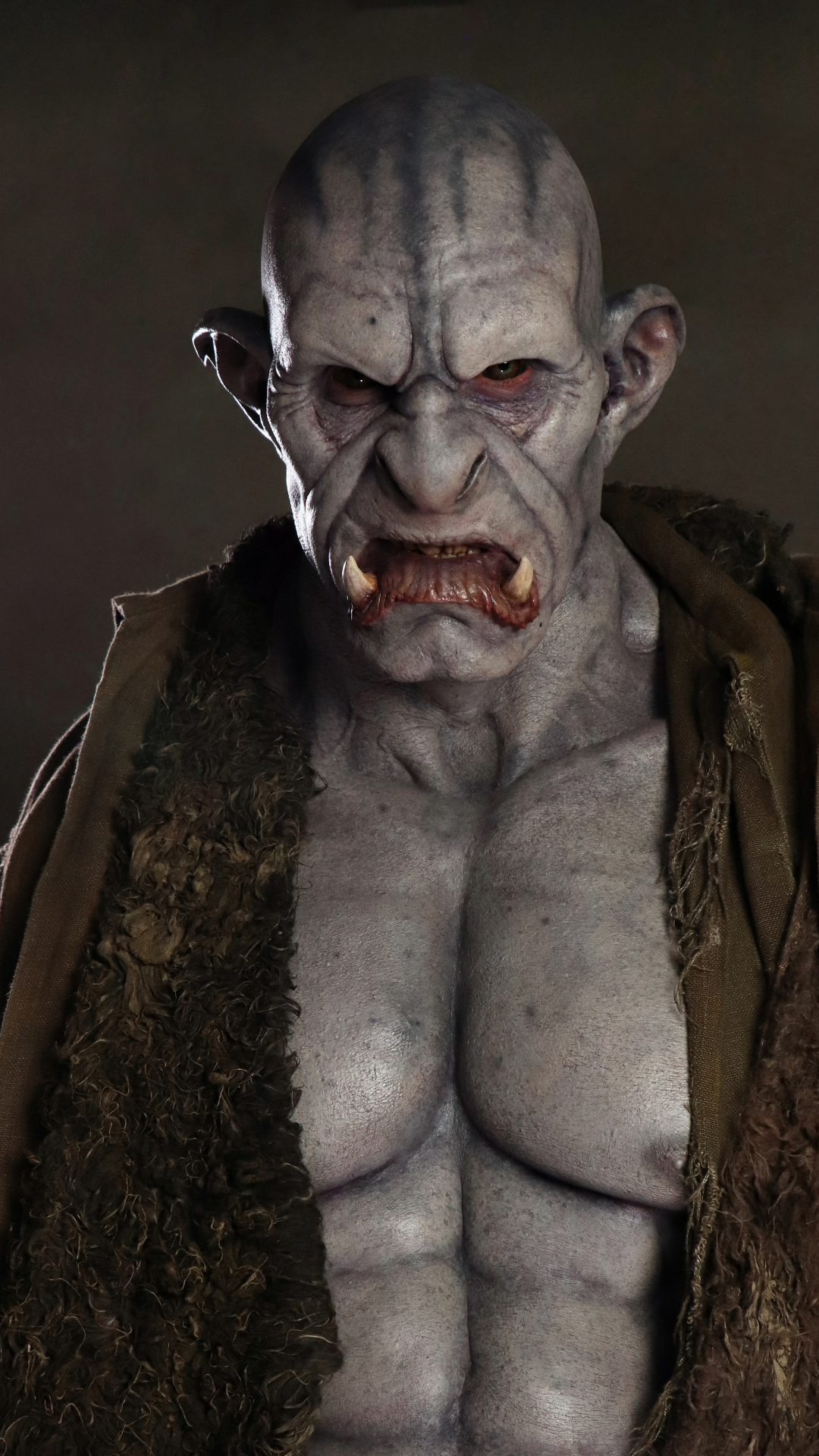
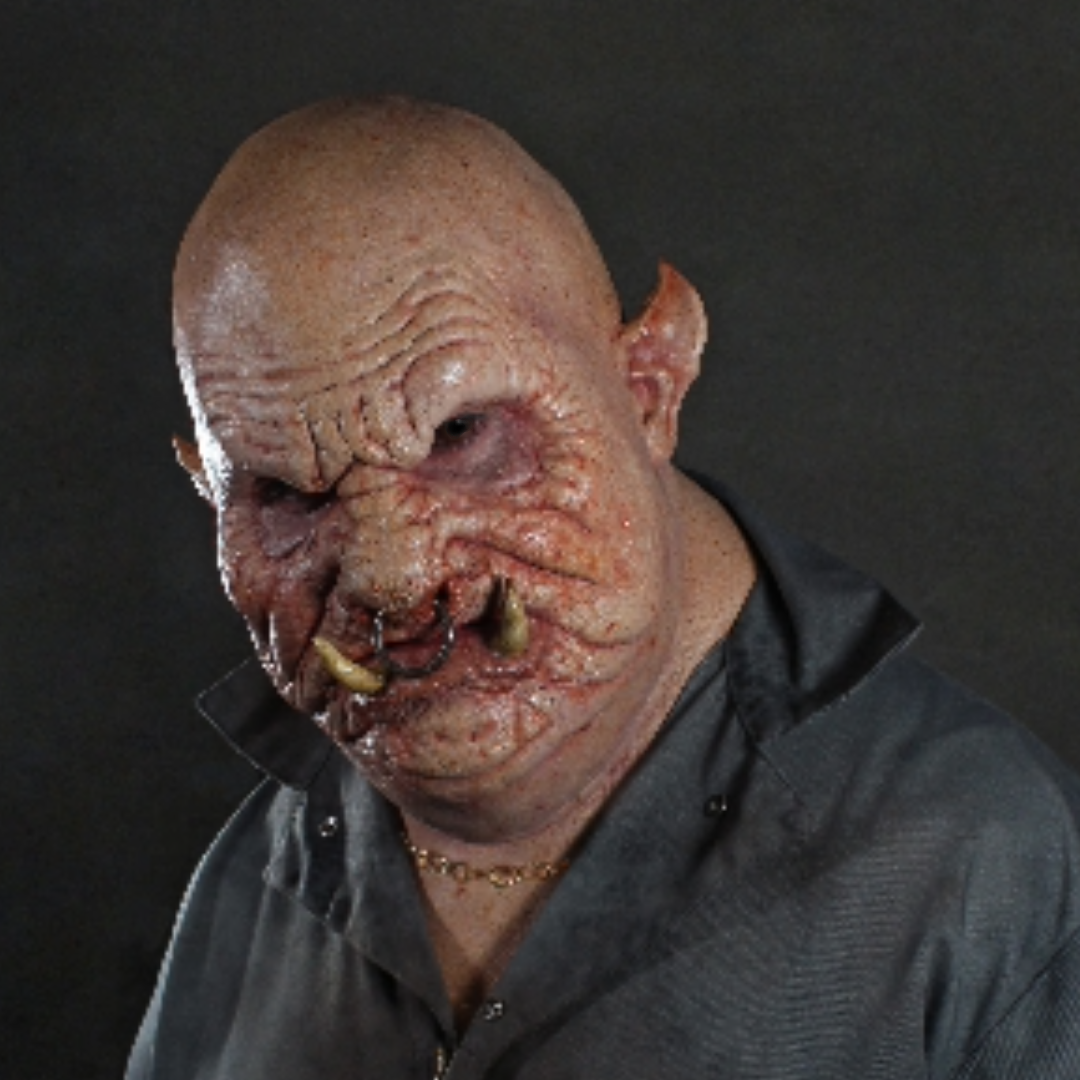

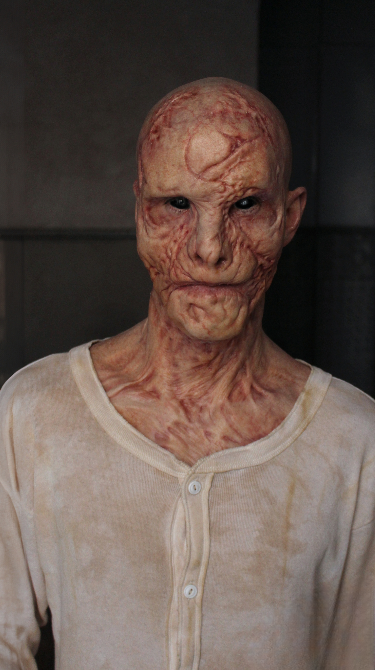
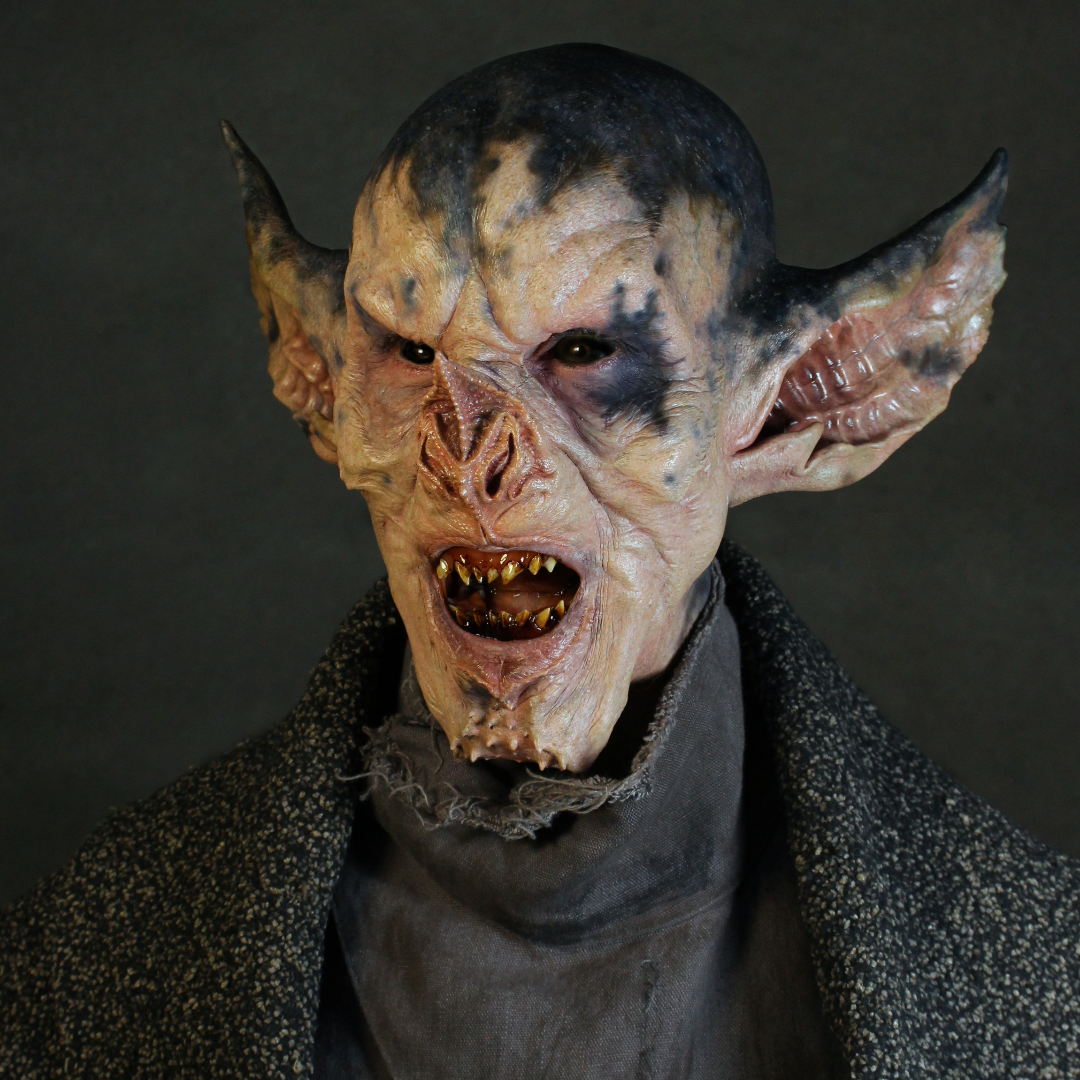

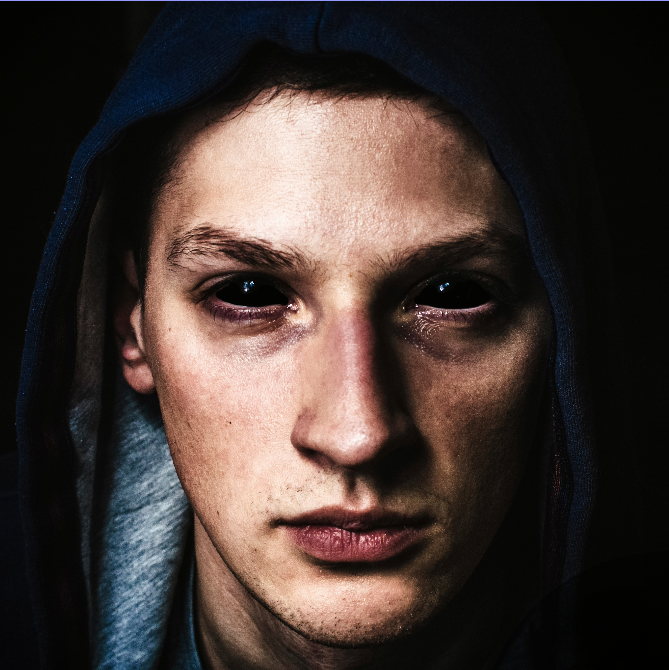

I like this unique interpretation of zombies, but how exactly do they interact with humans? just kill them when seen? or do they hunt them? what about these others?
There are different Troops of Zombies. Each Troop will have a different pattern of behavior based on what their resources are and the history they have had with humans in the area. In general, they are rather like any other animal and thus their behavior isn't set on the default of looking to kill humans.